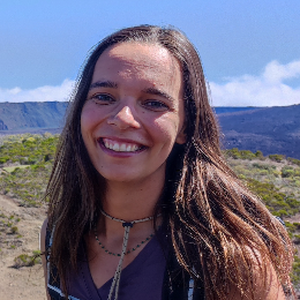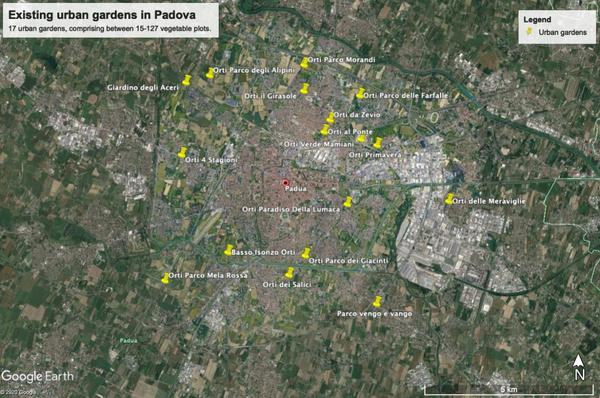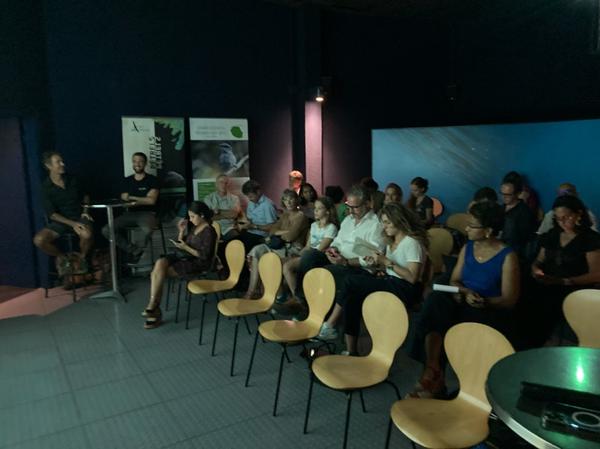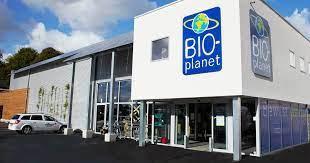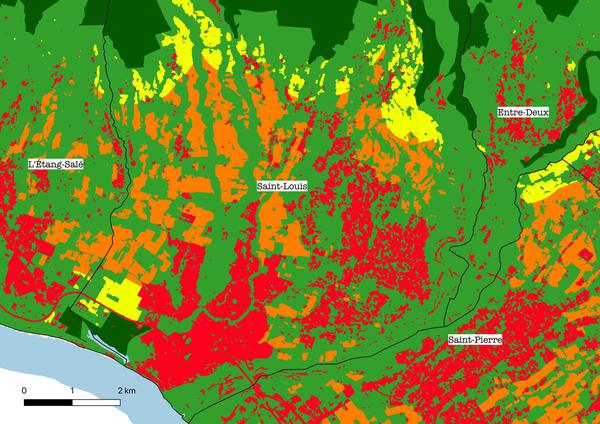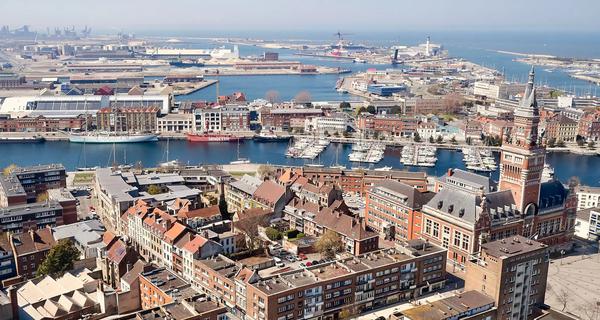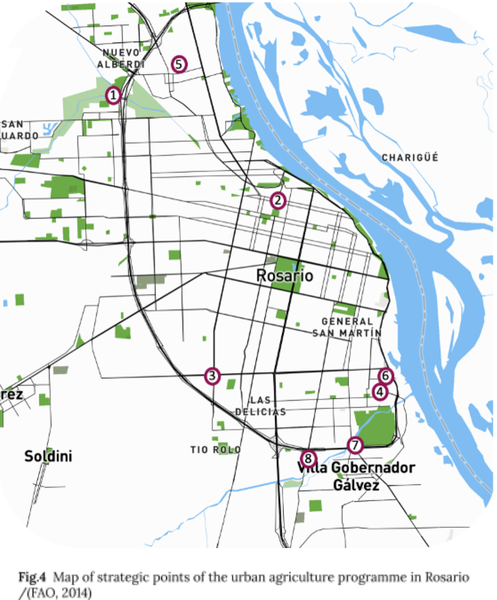
Urban agriculture and wildlife conservation
Nowadays, due to exponential population growth and a rural exodus, cities are expanding. Infrastructure is needed to support and feed this growing population. Because of the anthropocentric paradigm, this is often to the detriment of wildlife, whereas it would be possible to create cities that are fulfilling for humans as well as for the rest of the living world. It would even be necessary to allow this cohabitation as biodiversity is an essential element for the resilience of the living world. Urban agriculture allows cities to have a certain food autonomy and improves the quality of life of the inhabitants. The question now is to define if it has the potential to integrate wildlife conservation into urban planning.
